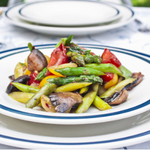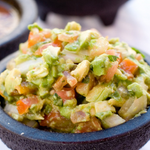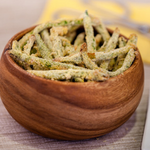What is the Best Diet for Diabetes?
If diet is so important for managing diabetes, surely there is one perfect diet that everyone with diabetes should follow, right? The media, the internet, your Facebook feed, and even your Aunt Judy all have opinions about the correct diet for diabetes. So, what’s the answer? Every year, U.S. News surveys popular diets and eating patterns—including keto, Mediterranean, vegan, DASH, and others—and then reviews the scientific evidence to compile their annual list of best diets for diabetes. This year's results may just surprise you.


















